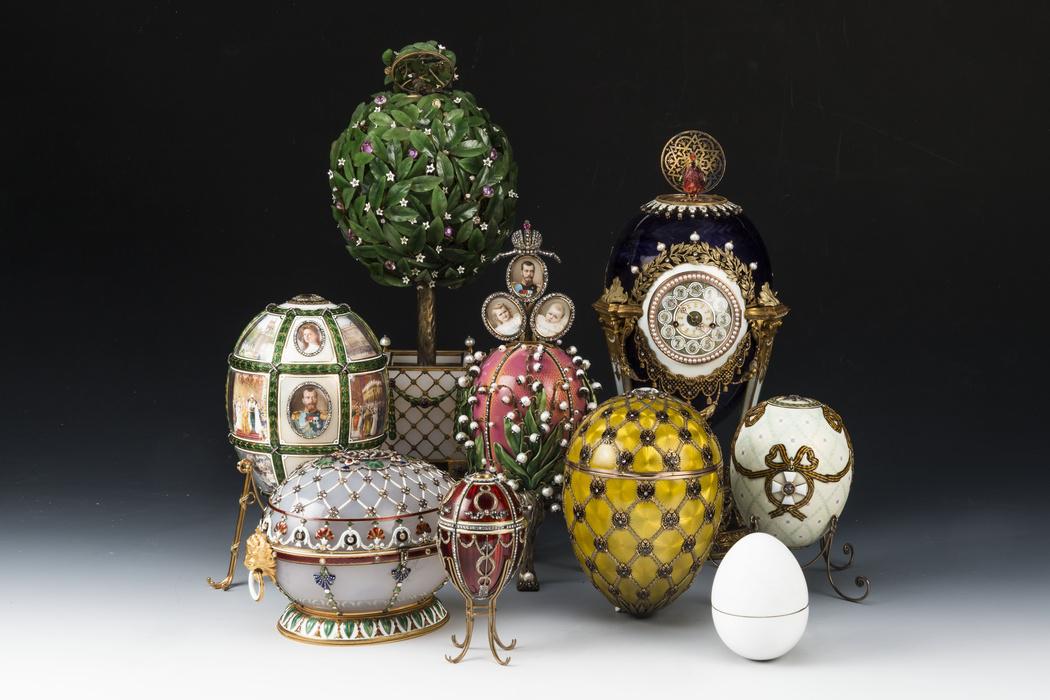 Writing about Faberge is as close as I will come to this famous and well known Russian silversmith since all the pieces are unfortunately outside of my financial reach.
Writing about Faberge is as close as I will come to this famous and well known Russian silversmith since all the pieces are unfortunately outside of my financial reach.
Peter Charles Faberge was born in Russia, in St. Petersburg on May, 30th, 1846. His father Gustav, of Huguenot extraction, was an unassuming jeweller who had been independently active since 1841. In 1860, Carl Faberge accompanied his parents on their move to Dresden. From there his father sent him on a tour of Europe, with stops in Frankfurt, Florence, and Paris. Back in St. Petersburg by 1866 as a full-fledged master, Carl joined Hiskias Pendin, August Holmstrom, and Wilhelm Reimer, all of whom had been employed by his father. In 1868 a Finnish goldsmith, Erik Kollin, was attached to the firm. Four years later Carl Faberge took over his father's workshop, with Kollin as his first head workmaster.
In 1882, Agathon Faberge joined his brother Carl in St. Petersburg and worked with him for over ten years. This period was to be the richest and most creative in Faberge's oeuvre, with the quality of objects produced remaining unsurpassed.
Most of the Faberge themes (the Imperial Easter eggs, animals, flowers, and objects of vertu in hard stones or precious metals) were introduced during this period and under the direction of the head workmaster, Mikhail Perkhin (1886-1903). By the 1890's Faberge had outstripped his competitors in the field of objects and silver and important commissions were undertaken for the Coronation festivities of 1896. Trips made by the Imperial Family to Denmark and to London were a source of excellent business for Faberge, since many of their presents came from his workshops.
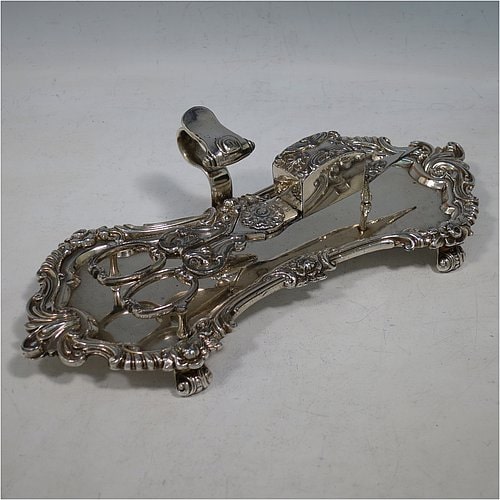 Close plating was a craft in which a thin layer of silver was applied to an article made of a base metal, most often iron or steel. Birmingham was the centre of the close plating industry in Britain.
Close plating was a craft in which a thin layer of silver was applied to an article made of a base metal, most often iron or steel. Birmingham was the centre of the close plating industry in Britain. 
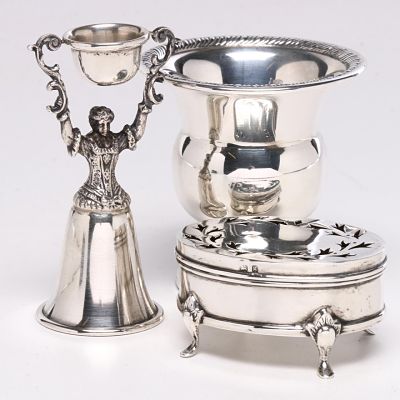

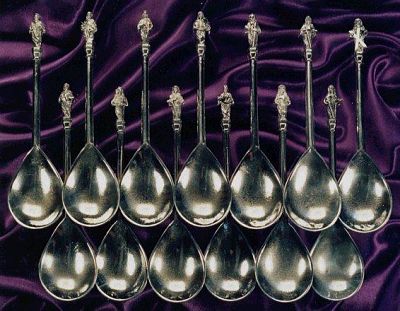 Silver spoons with fig shaped bowls and handles topped by figures of apostles, or in the case of the master spoon of a set of thirteen, by the figure of Christ. A number of full length figures of the Virgin Mary are also known. Popular in Britain, Germany and else where from about 1490 to 1675,they became collectable in Victorian times and have been faked, forged and reproduced ever since. No complete sets of 13 are known to remain from before the 1500's.
Silver spoons with fig shaped bowls and handles topped by figures of apostles, or in the case of the master spoon of a set of thirteen, by the figure of Christ. A number of full length figures of the Virgin Mary are also known. Popular in Britain, Germany and else where from about 1490 to 1675,they became collectable in Victorian times and have been faked, forged and reproduced ever since. No complete sets of 13 are known to remain from before the 1500's.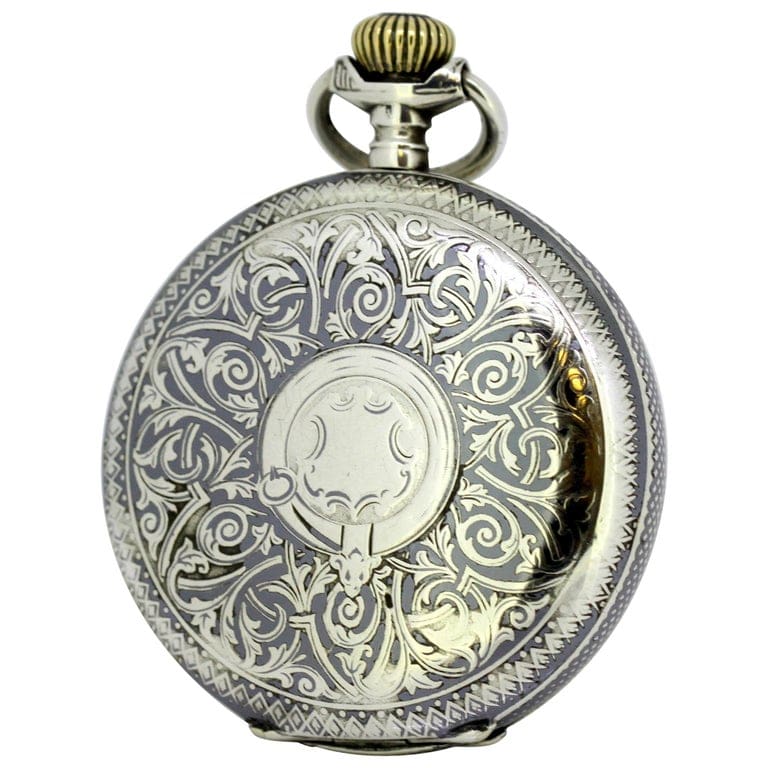 The name Niello is derived from Latin: Nigellus meaning “blackened”. It is a metallic alloy with sulphur which is used as a surface decoration technique which, much like enamel , is fused to a metal base. The lustre of niello, however, is metallic instead of vitreous and it is much tougher than enamel. Niello comes in just one colour – black of various tones – which contrasts highly with silver the most popular base for niello work.
The name Niello is derived from Latin: Nigellus meaning “blackened”. It is a metallic alloy with sulphur which is used as a surface decoration technique which, much like enamel , is fused to a metal base. The lustre of niello, however, is metallic instead of vitreous and it is much tougher than enamel. Niello comes in just one colour – black of various tones – which contrasts highly with silver the most popular base for niello work.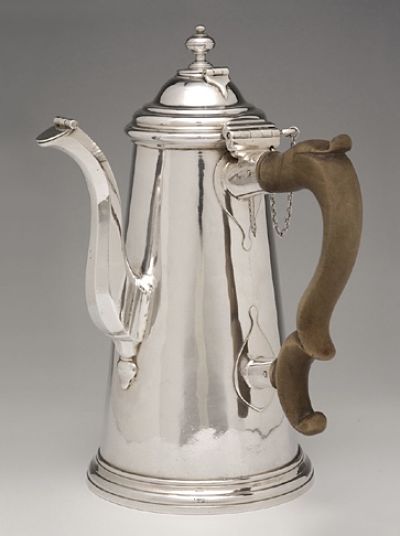 Tea, coffee and chocolate became popular in Britain in the first half the 1700's.
Tea, coffee and chocolate became popular in Britain in the first half the 1700's.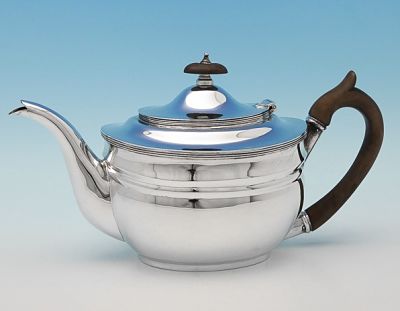 Tea was introduced into Europe from China with the expansion of trade in the 1600’s and was a great novelty to people used to drinking only beer, wine and posset - milk curdled with wine, ale or vinegar.
Tea was introduced into Europe from China with the expansion of trade in the 1600’s and was a great novelty to people used to drinking only beer, wine and posset - milk curdled with wine, ale or vinegar.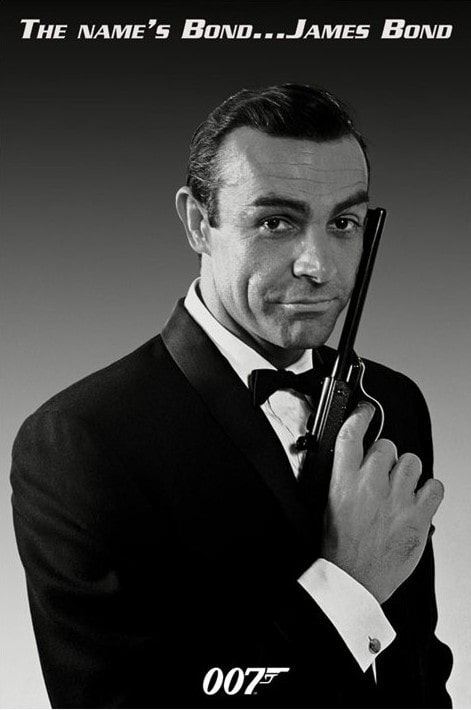 Some would say it was inevitable, but now it is actually happening. Two of the world’s most revered cultural icons, Fabergé and James Bond, unite in a year where they both celebrate milestone anniversaries. Fabergé, the world’s most iconic artist jeweller, is delighted to announce that it will create a unique and captivating Fabergé x 007 Egg Objet, commemorating Fabergé's 180th anniversary and the 60th anniversary of the first James Bond film, Dr. No, which was released on 5th October 1962.
Some would say it was inevitable, but now it is actually happening. Two of the world’s most revered cultural icons, Fabergé and James Bond, unite in a year where they both celebrate milestone anniversaries. Fabergé, the world’s most iconic artist jeweller, is delighted to announce that it will create a unique and captivating Fabergé x 007 Egg Objet, commemorating Fabergé's 180th anniversary and the 60th anniversary of the first James Bond film, Dr. No, which was released on 5th October 1962.
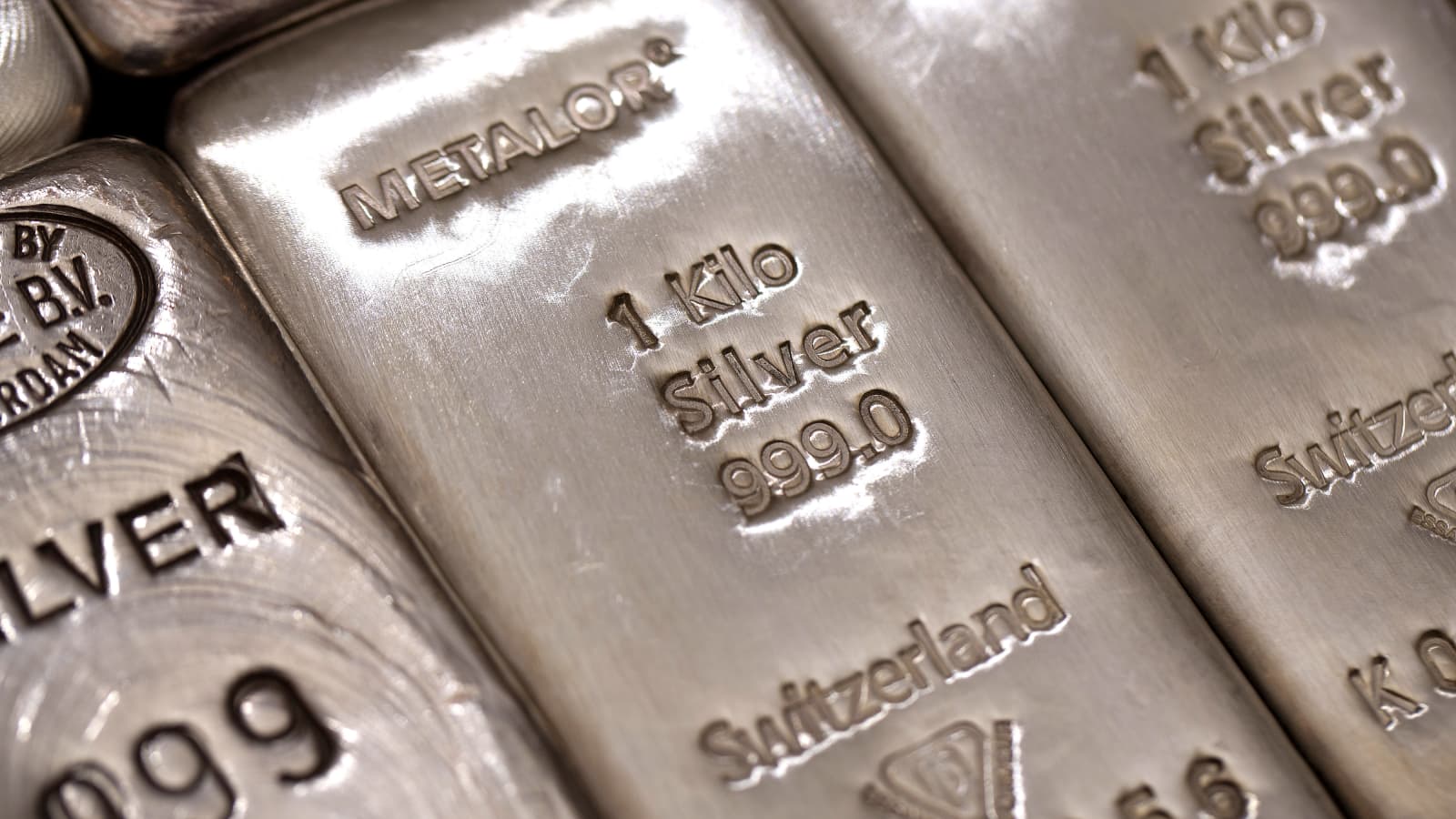 Silver in its natural state is 99% pure and is too soft and malleable to be used effectively for any practical purposes. It is alloyed with copper or zinc to toughen it up. Sterling Silver is 92.5% pure silver and 7.5% copper. It melts at 894 degrees Centigrade. Sterling Silver is one of the most popular metals in the jewellery trade, and people with allergies to other metals can safely use this metal. A multi-faceted metal, it is used extensively for coins, utensils, storage containers, jewellery and other decorative pieces.
Silver in its natural state is 99% pure and is too soft and malleable to be used effectively for any practical purposes. It is alloyed with copper or zinc to toughen it up. Sterling Silver is 92.5% pure silver and 7.5% copper. It melts at 894 degrees Centigrade. Sterling Silver is one of the most popular metals in the jewellery trade, and people with allergies to other metals can safely use this metal. A multi-faceted metal, it is used extensively for coins, utensils, storage containers, jewellery and other decorative pieces. Writing about Faberge is as close as I will come to this famous and well known Russian silversmith since all the pieces are unfortunately outside of my financial reach.
Writing about Faberge is as close as I will come to this famous and well known Russian silversmith since all the pieces are unfortunately outside of my financial reach.